Definition
Archaeology is the study of past human civilizations through the recovery and analysis of material remains. Biblical archaeology deals with civilizations that play a role in the biblical historical narrative.
What is an Archaeological Site?
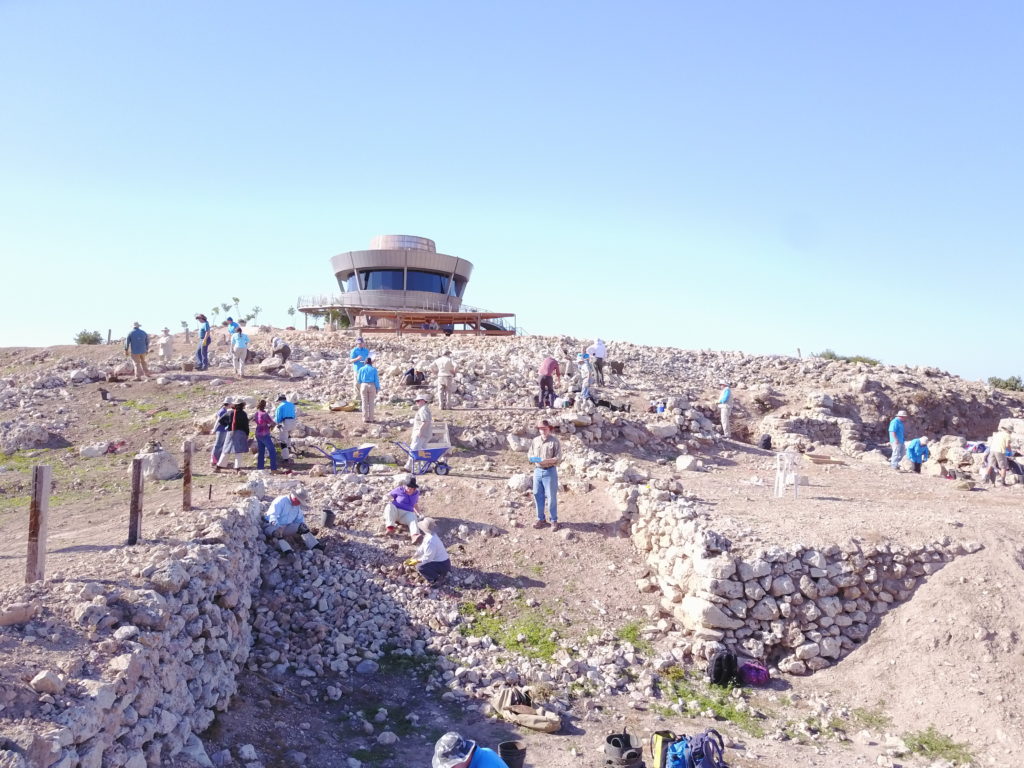
Any site that retains material remains of past civilizations can be an archaeological site. The two main types of archaeological sites are tells and khirbets. A tell is the remains of an ancient city that contains ruins from many time periods. A khirbet is a site that was only occupied during one time period.
Archaeological sites are typically composed of layers called strata (strata is the plural form of stratum). Each stratum represents a phase of occupation at the site. These strata were formed as the site was destroyed and rebuilt over the years. The site’s occupants would level ruined structures and build new structures over top of them.
How does Archaeology Work?
Archaeologists work by carefully excavating sites one stratum at a time. They are able to differentiate between the strata by looking for changes in the soil, artifacts, and construction style of wall foundations.
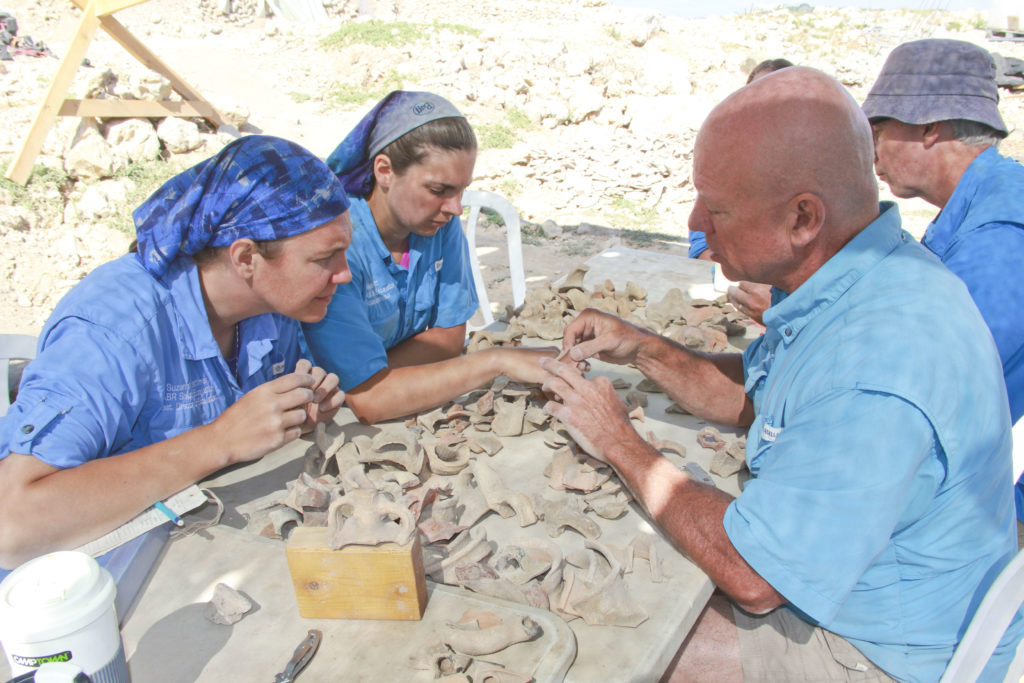
Archaeologists use various methods to date the strata at archaeological sites. The most common method is ceramic typology. Ceramic typology is the study and classification of pottery. Pottery was invented in the Neolithic period (see below) and remained in use throughout the biblical periods. It is the most common artifact found at dig sites due to its wide range of uses from cooking and serving dishes to lamps, storage jars, and even for idols and other religious objects.
Archaeologists study pottery in order to learn its unique distinctions in each time period. Just as your grandmother’s dishes probably look different from the ones you could buy in the store today, pottery styles in the ancient world changed with time.
What do Archaeologists Find?
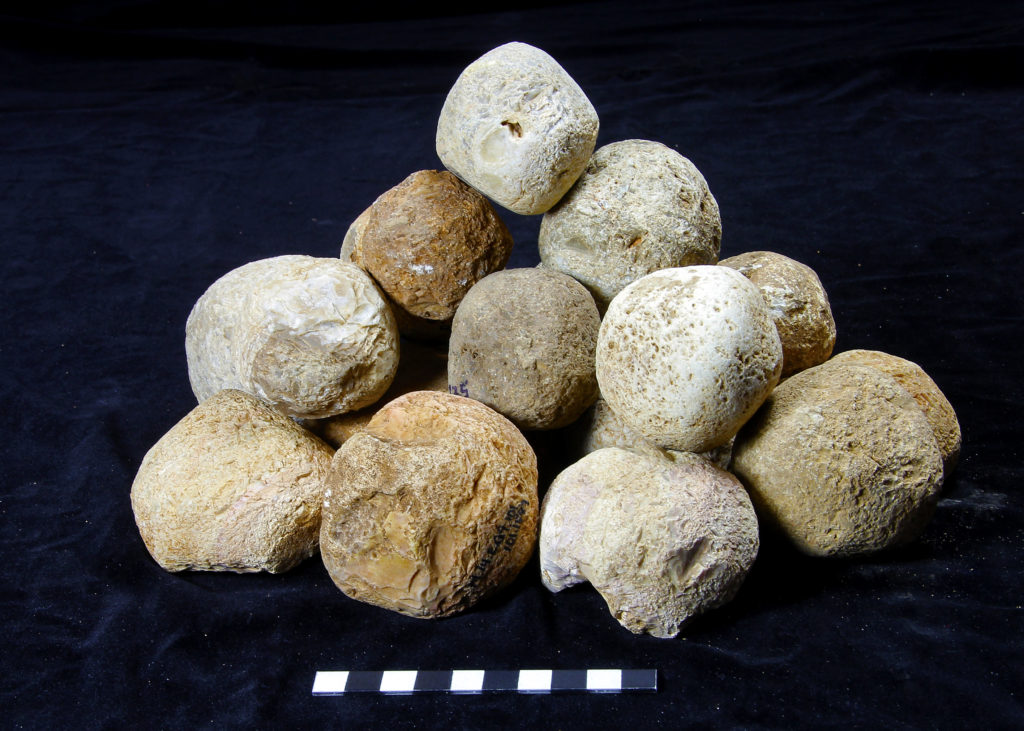
As mentioned above, pottery is the most common find at an archaeological site. Other common finds include tools, weapons, coins, and architecture. Objects made of stone, metal, bone, and ceramic survive well in the soil. It is uncommon to find objects made of fabric, leather, or papyrus, since these materials only survive in the driest of climates.
Do Archaeologists Find Evidence of Biblical Events?
It is the goal of biblical archaeologists to find correlations between archaeology and biblical events. Although it is rare to find evidence that “proves” the Bible, archaeological finds that support the biblical record are abundant.
For example, according to Joshua 6:20, the city wall of Jericho fell down after the Israelites had marched around it every day for a week. Archaeological evidence shows that the city wall did indeed fall down and that Jericho burned, just as Joshua 6:24 describes. This evidence supports the biblical record, but it cannot prove that the wall fell miraculously as described in the Bible. Those who believe the Bible take that part on faith.
It is also important to remember that the Bible does not claim to be a comprehensive account of world history. Therefore, many archaeological finds pertain to events that do not appear in the Bible. Also, many Bible passages recount events that left no visible evidence in the archaeological record.
However, archaeologists have excavated many of the sites mentioned in the Bible and found that they were occupied in the time periods mentioned in the Bible. Additionally, bullae (clay impressions of signet seals used to seal documents) have come to light that bear the names of people mentioned in the Bible. These and many other archaeological finds match nicely with the biblical account, and sometimes even shed additional light on the events recorded in the Bible. For more on this topic, see this page.
Archaeological Ages
Pre-Flood
Despite their interest in ancient civilizations, pre-Flood remains fall outside of the purview of archaeologists. Pre-Flood structures and artifacts presumably washed away in the Flood waters. Although some of these artifacts may still exist, they are now encased in layers of stone laid down by the Flood. This places these artifacts in the realm of geology rather than archaeology.
Paleolithic
During the Paleolithic period, also known as the Old Stone Age, mankind developed and used stone tools. According to conventional dating, this period spans over a million years. However biblical scholars place it in the first few decades to centuries following Noah’s Flood, when Noah’s descendants spread out and repopulated the earth.
The dating of this period is too complicated to address in this overview. A separate article devoted to this topic is forthcoming.
Neolithic
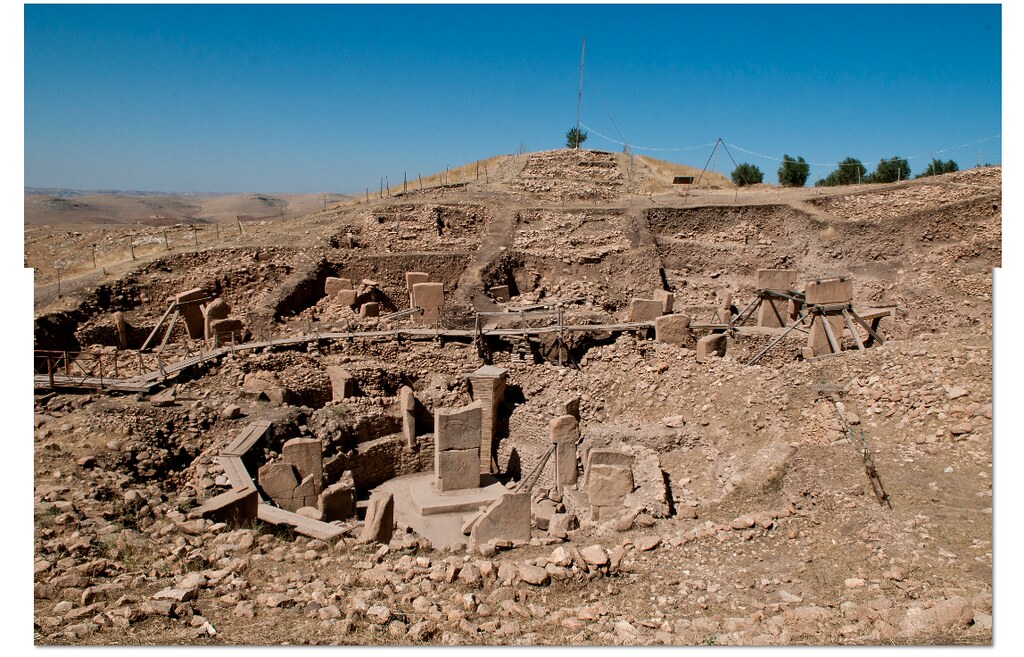
The Neolithic period, also known as the New Stone Age, is typically the earliest period that archaeologists work with. Standard chronologies date the Neolithic period to 10,000–4500 BC. These dates are problematic for several reasons, and one scholar has proposed revised dates of 3298–2850 BC for this period.1 See this article for more on these dates.
It has been thought that the Neolithic period was characterized by nomadic hunter-gatherers, but evidence has emerged that suggests the existence of sophisticated societies during this time. Archaeologists in Israel have discovered very large settlements featuring round homes from this period. In Turkey, Göbekli Tepe is an example of an elaborate religious site from the Neolithic period.
The Bible does not seem to record any events from the Neolithic Age.
Chalcolithic
The Chalcolithic (Copper) Age followed the Neolithic period. The conventional dates for this period are 4500–3200 BC, but Stripling2 suggests that a more accurate date range would be 2850–2500 BC.
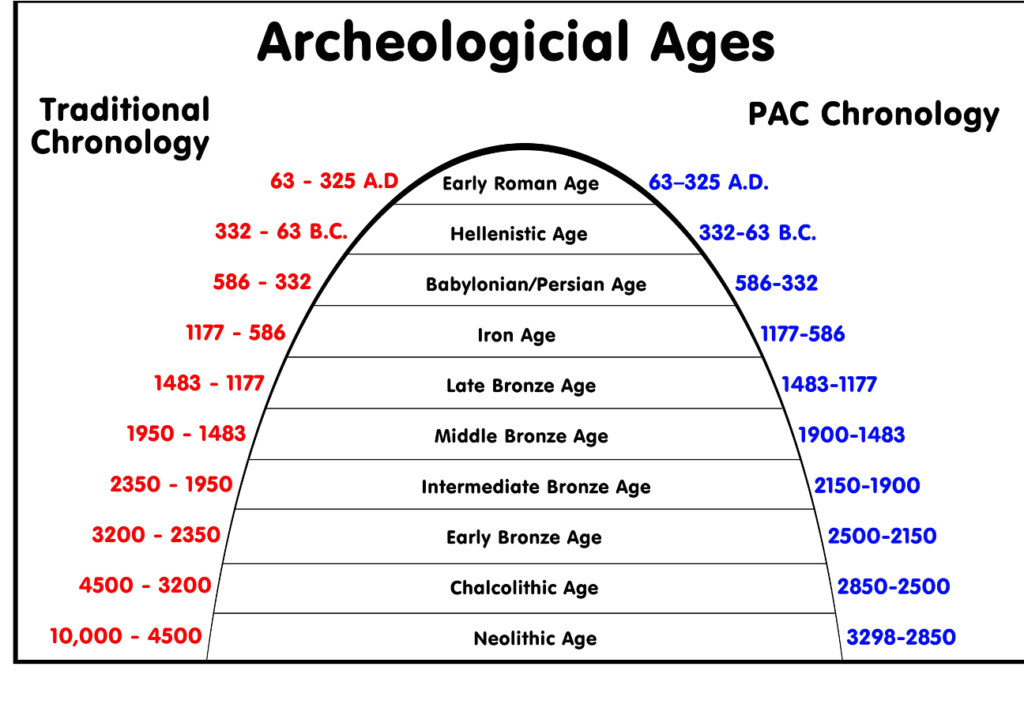
A significant distinction of the Chalcolithic Age is the discovery of metal smelting technology and the use of copper. Elaborate copper artifacts have survived from this period. Copper was abundant in the Timna valley in southern Israel. The people of the Chalcolithic Age valued religion, as evidenced by the temples discovered at En-Gedi and Megiddo.
Some biblical scholars place the Tower of Babel event (Genesis 11:1–9) in the Chalcolithic period. This period also represents the time preceding the patriarchal period (Genesis 11:10–32).
Bronze Age
The Bronze Age covers the period from the end of the Chalcolithic Age until 1177 BC. This period is named for the invention of bronze, made by adding tin to copper and creating a stronger metal product.
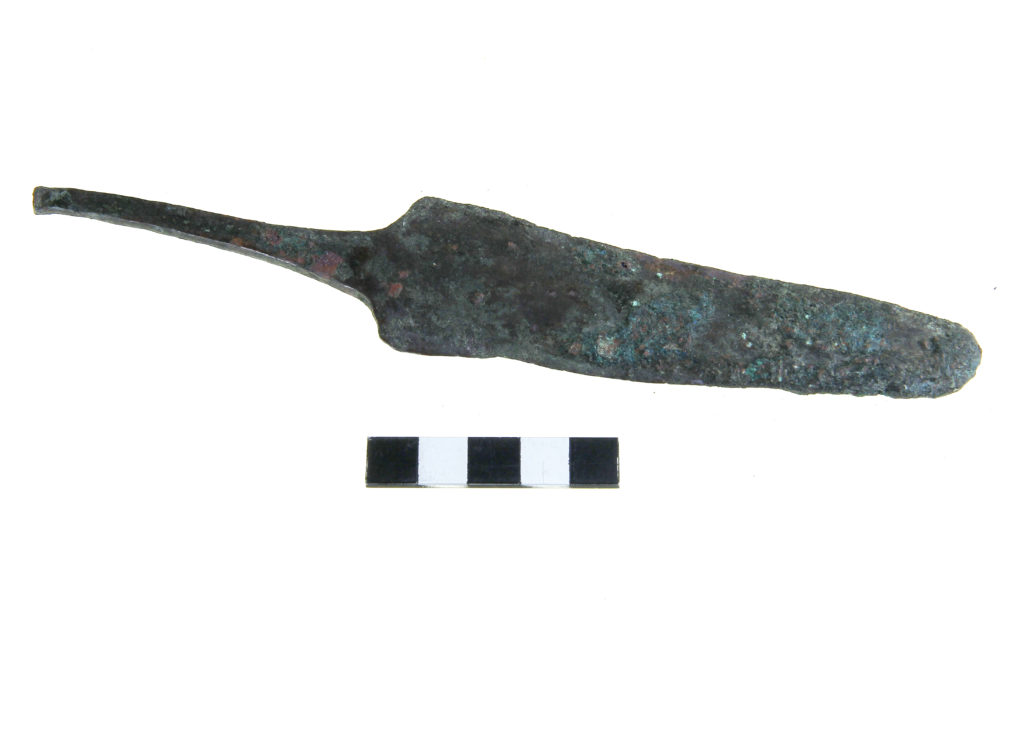
By the Bronze Age, independent nations and ethnicities were firmly established. City-states developed and world powers emerged. In the near east, Egypt emerged as the most powerful nation in the south, while Mitanni ruled in the north.
It was during the Bronze Age that Abraham, Isaac, and Jacob established themselves in the land of Canaan (Genesis 12–35); Jacob and his family relocated to Egypt (Genesis 46–49); and Moses led the Israelites back to the promised land (Exodus–Deuteronomy). Toward the end of the Bronze Age, Joshua led the Israelites in the conquest of Canaan (Joshua).
Iron Age
The Iron Age followed the Bronze Age and continued until 586 BC. Iron replaced bronze as the metal of choice, since it was a stronger metal.
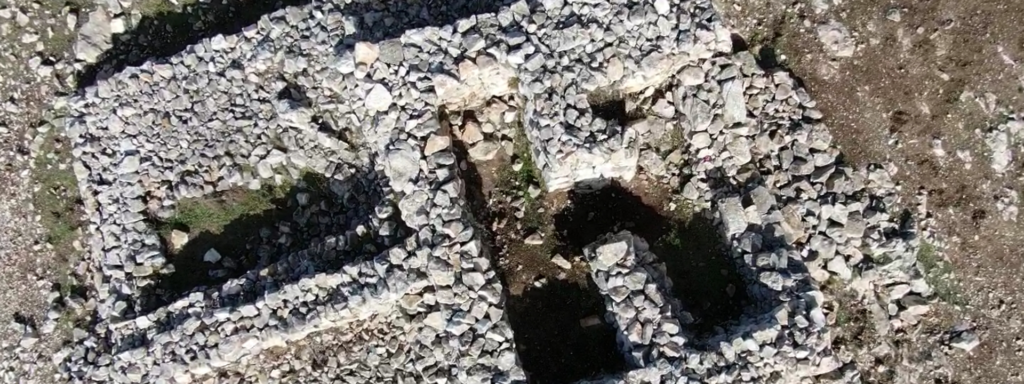
During the Iron Age, the Israelites established themselves in the hill country of Israel, and the Philistines ruled the coastlands. The Neo-Assyrian empire rose and fell in Mesopotamia followed by the rise of the Neo-Babylonian empire.
The Iron Age spans the biblical period of the judges and the kings of Israel and Judah. Biblical heroes of this period include Samuel, Saul, David, Solomon, Hezekiah, and Josiah. The biblical prophets also lived and prophesied during this period. The books of the Bible from Judges through Malachi describe these events, with the exception of Job, which likely occurred earlier.
Later Periods
Following the Iron Age came the Persian period, which saw the return of the exiled Judahites and the rebuilding of the Jerusalem temple. The Hasmonean period followed, during which Greece ruled the known world. Next came the Roman period. It was during this time that Jesus lived, died, and lived again. The Roman period is the last era that correlates with biblical history. After this followed the Byzantine period and the Islamic period.
Where Can I Learn More about Archaeology?
Asian Diversity and the Seafaring Hominin
Who Was the Pharaoh of the Exodus?
The Mysterious Stones of the Orkney Islands
How do Creationists Explain the Ice Age?
Noah’s Flood in the Egyptian Hieroglyphs?
An Egyptian Perspective on the Plagues?
Footnotes
- Stripling, Scott (2017). “Archaeological Dating.” Presentation at the Near Eastern Archaeological Society. ↩︎
- Stripling, 2017. (Footnote 1) ↩︎

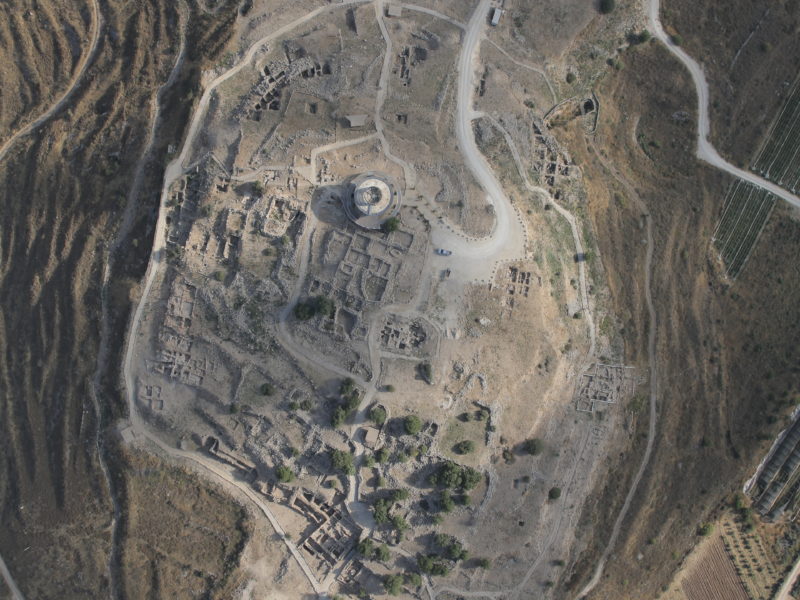
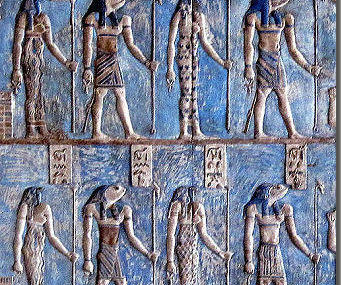

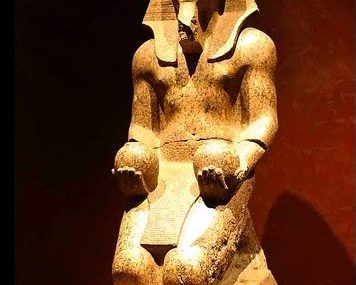


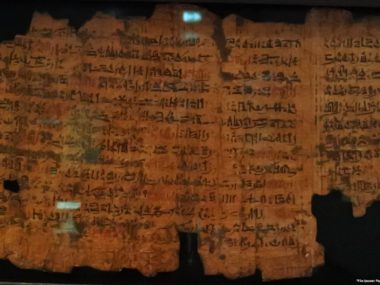




AMEN> The walls of Jericho were found to have fallen and in a unique qay, I read, so much so the non bible beliers investigating said it was from a earthquake. not the usual crash as all the rest have. The walls fell straigtht pver al;most I understand. As it would be in a unique way. Its one of the great evidences for the bible found by digging.
Good article otherwise. I know these terms must be used but intellectually they are wrong and dumb. There was no ages as they say. Its from old ideas of evolving civilization. In fact mankind could do anything right away. He did in different are4as on the planet and thus no invented ages. i know a creationist must start with these terms but should seek thier overthrow.
Hi Abigail: Interesting article about the various archaeological periods and what distinguished one from the other. As an avid reader of the archaeological sciences, I enjoy all subject matter and debates relating to archaeology, especially Biblical archaeology. I have only one suggestion with respect to your external website references. Be cautious about using Wikipedia as a reference source for matters of Biblical topics. I have personally found many erroneous entries and personal viewpoints in too many articles on its site. Wikipedia is very secular oriented, and its secular biases can very easily mislead those who follow Biblical archaeological discoveries. For example, you reference the Paleolithic Period to Wikipedia that assigns up to 3,000,000 years for this period; that’s impossible with respect to Biblical history. Even its reference of 12,000 years for the Neolithic Period strains a Biblical history of the earth for 6,000 years. I do acknowledge that you have included the accepted Biblical Periods in your article, making it a well-balanced read. I’m just suggesting that references to Wikipedia may cause confusion to Biblical archaeology aficionados. All considered, thank you for an interesting introduction to archaeology.
Hi Bob,
Thank you for your feedback. I appreciate your suggestion regarding Wikipedia. It is difficult to find online links that do not contain mainstream date ranges, but I realize that it may be confusing for some readers.
I do not think it is a problem to reference secular data. It might be the best to come to unbiased conclusions about reality.